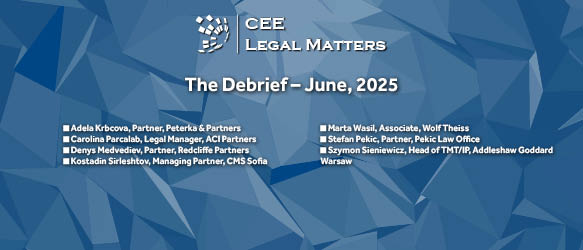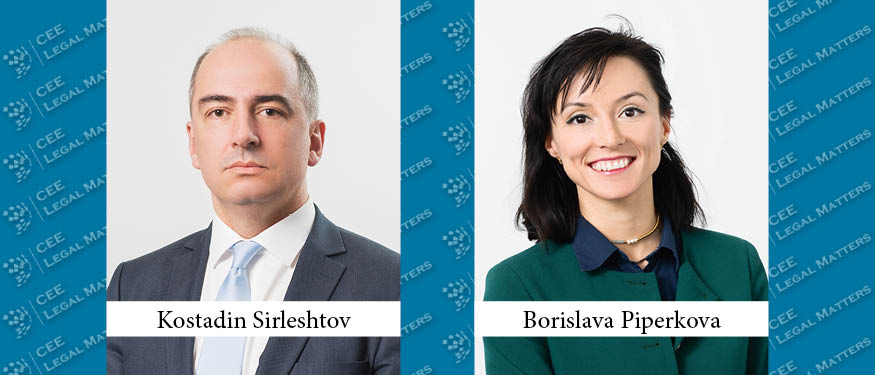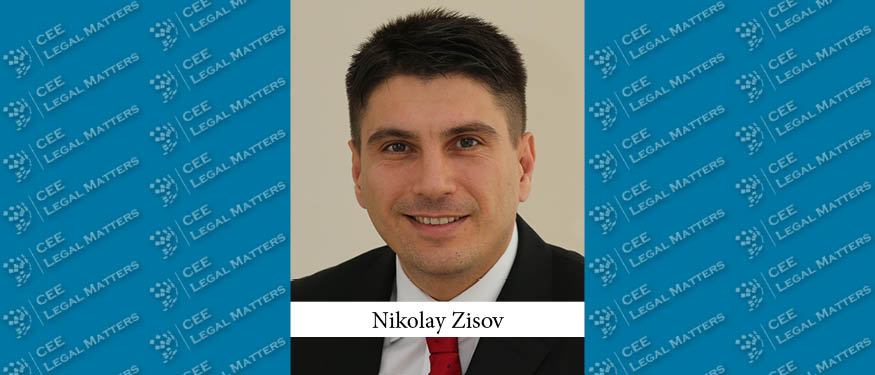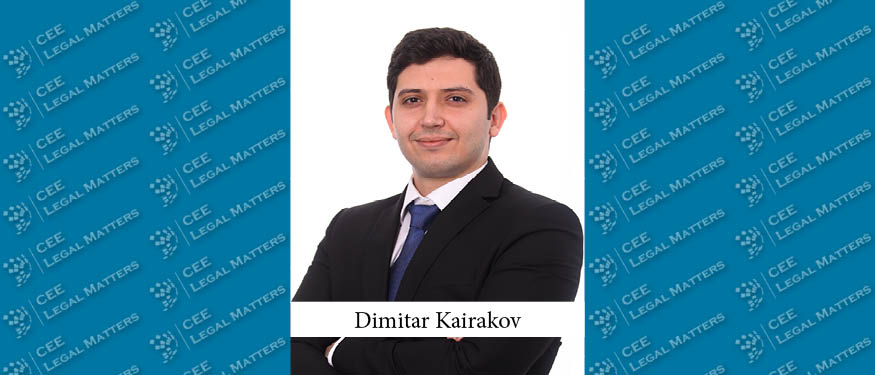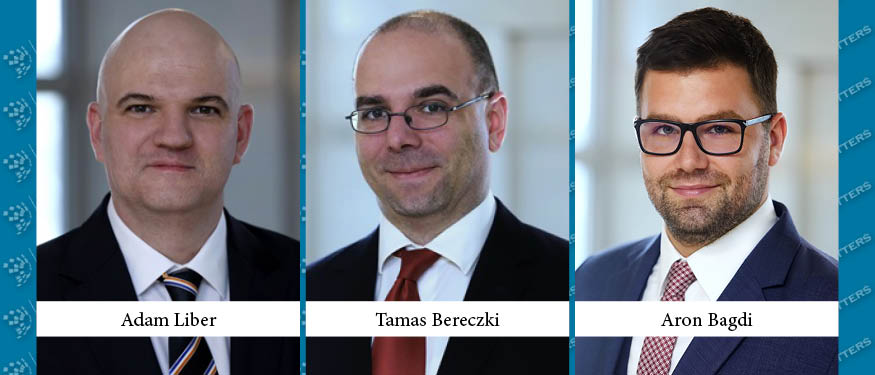Considering the market size, Estonia sits at the forefront of CEELM’s technology deal rankings, with many of those deals involving a high degree of legal innovation. Magnusson Partner Elvira Tulvik, Fort Legal Partner Merit Lind, Hedman Law Firm Managing Partner Merlin Seeman, and Nove Head of IT and Cybersecurity Sten Tikerpe share their most innovative recent projects and pinpoint what makes the country a technology powerhouse.
Top Picks
Some of Nove’s most innovative work, according to Tikerpe, came into play when advising the University of Tartu “on various legal topics regarding the use of the Estonian Biobank, an extensive genome database that the University manages and controls.” The Estonian Biobank database itself, he explains, “includes genetic and health data of more than 200,000 individuals, which is more than 20% of the adult population in Estonia. It is therefore a one-of-a-kind, truly significant database for the development of both domestic and international biological and medical science, which aims to help personal medicine reach everyone in the world.”
Surprisingly, one of Hedman’s most groundbreaking projects is also connected to the University of Tartu. The firm advised UniTartu Ventures – the investment subsidiary of the university – on its investment in UP Catalyst via an intellectual property transfer, Seeman says. “The venture invests in research and technology-intensive companies on behalf of the university,” she notes, with Hedman having to set up the model, prepare the necessary documents, and negotiate the IP property rights transfer investment into UP Catalyst.
For Magnusson, innovation had to be deployed in “representing over 3,000 local and international investors in a large class-action bankruptcy and criminal proceeding,” Tulvik highlights, “regarding the biggest crowdfunding fraud in the Baltics, with claims as high as EUR 18 million.” Thus far, she says, “we have declared the crowdfunding platforms bankrupt and are representing the bankruptcy trustee in filing claims against debtors located in Estonia as well as in managing asset recovery proceedings in eight jurisdictions.”
While hard-pressed to pick one specific project, Fort’s Lind says they had to draft the playbook when assisting the Ministry of Economic Affairs and Communications “in the preparations for the development of a novel ‘click-and-buy’ type technology platform for the consolidated purchases of IT products by public entities from both private and public entities.” According to her, “the ambitious idea included a broad scope of IT products and services for which no existing legal framework in Estonia or the EU – and no existing technical platform – was suitable.”
The Works
For Nove’s Estonian Biobank project, led by Partner Mari Past and Attorney-at-Law Maret Kruus, Tikerpe says “the focus was specifically set on questions regarding the protection of personal data, where such data is used in research for purposes of medical innovation.” The firm had to aggregate “extensive experience in the fields of data protection, medical law, and cybersecurity which,” according to him, all “helped us thoroughly understand the client’s operations and expectations. We are happy to play a role in a truly global, pioneer project and help our client identify and manage various risks, therefore ensuring the sustainability of this groundbreaking operation.”
Hedman’s IP investment project, Seeman says, involved an “investment model that is relatively new in Estonia and even in the world at large.” It was the first time when “a university in Estonia created an investment portfolio,” she points out, “and now we know of other universities who will follow the example.” To do the work, she explains, “we needed to understand what this kind of investment model was about, the advantages and potential risks, and how to protect the interests of our client.” The project was interesting, according to her, due to the lack of a “clear roadmap for how to swap IP owned by a public university into the shares of a start-up.” The main challenge “was how to value the IP and the respective shares – we came to the solution that this will be determined during the next financing round,” she points out.
For Magnusson’s crowdfunding fraud case, Tulvik highlights the team is “conducting evidence-gathering proceedings to identify the individuals behind the large-scale money laundering – where traces of the assets have been concealed with cryptocurrency transactions.” To that end, they are “conducting evidence-gathering proceedings to determine IP addresses and the individuals behind the large-scale money laundering,” she explains. “The case is highly technical and precedent-setting,” she notes, “as it requires virtual and regular asset tracking in numerous jurisdictions. The Technology Law team works closely with the Dispute Resolution team to provide its in-depth knowledge and understanding, to gather the evidence, and analyze the technical data.”
For Fort’s click-and-buy procurement platform project, the firm had to draw “inspiration from similar digital purchasing marketplaces established and operating in New Zealand, Denmark, and the UK,” according to Lind. “Having in mind the legal limitations posed by the existing EU procurement directives and their implementing national laws, the team devised a legal framework for the set-up and operations” of the platform allowing for the determination of a “legally compliant solution (legal product development), its required functionalities (including the ‘click-and-buy,’ ‘online shopping,’ and ‘product selection by filtering’ goals set by the client), and input and output data requirements,” she explains. Fort’s solution included “the introduction of online product filtering logic to serve as a procurement phase under procurement law, and the introduction of a dashboard and payments logic to serve as a practical tool to meet the statutory requirements for framework contracts management,” among others, she notes.
What Drives the Need for Innovative Legal Work?
The key to getting such a project across the finish line, according to Lind, was “the willingness and out-of-the-box mindset of the client” – the Ministry of Economic Affairs and Communications – “and the great legal navigation skills of the lawyers involved, together with our team’s understanding of IT.”
“Innovative legal work is first and foremost driven by innovation in the market,” Tikerpe also says, and “legal support must be agile and quickly adapt” to cover new legal needs, he says. Traditional factors, “such as the availability of talent and funding” come into play, he explains, but “an important enabler of innovation is the business environment and the level of bureaucracy that comes with it.” The high level of digitalization of Estonia’s government services is a boon for innovators, he highlights, as are “the government’s overall openness to innovation (as opposed to the ‘banned-by-default’ approach), the proactive involvement of the technology sector in legislative initiatives, and the preparedness to swiftly adapt to market developments.”
In the same vein, Tulvik notes “it is immensely important for the regulator to not only be open and flexible but to be able to take and communicate a stance, especially in highly controversial cases.” Without that, she says, “a tech company can never have enough assurance to even start operations.” For her, “it is crucial that the respective ministries are not only open to dialogue with tech companies and their lawyers but are also oriented towards allowing new tech and helping mold the legal system around it, rather than discourage complicated new projects or being passive.”
Three factors behind legal innovation rank highest according to Seeman. First, “market competition is huge, and you need to stay innovative to maintain the leading pace.” Second, client relationships: “clients require seamless communication to remain somewhere” and “you require innovative communication tools and methods to communicate with them, understand their needs, and serve them well.” Third, “nothing drives innovation like productivity and efficiency: if you are keen on staying ahead of the curve, you would also be interested in the most efficient solutions for your operations and tasks,” she sums up.
This article was originally published in Issue 9.12 of the CEE Legal Matters Magazine. If you would like to receive a hard copy of the magazine, you can subscribe here.








